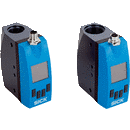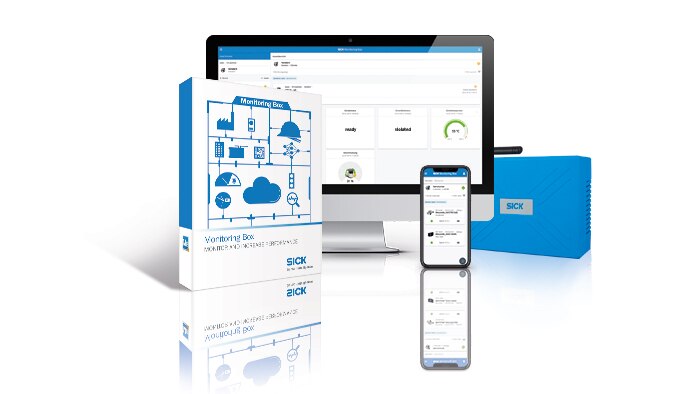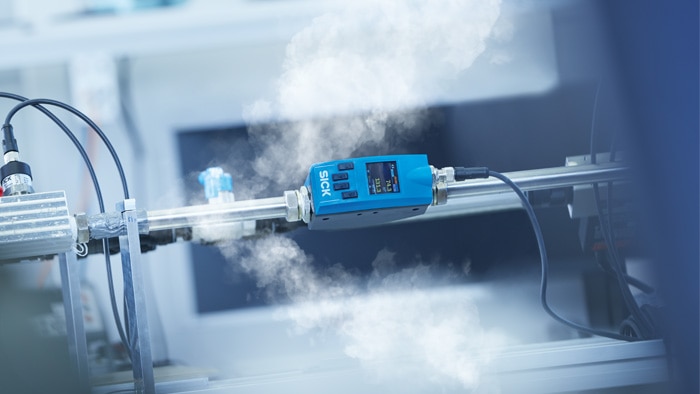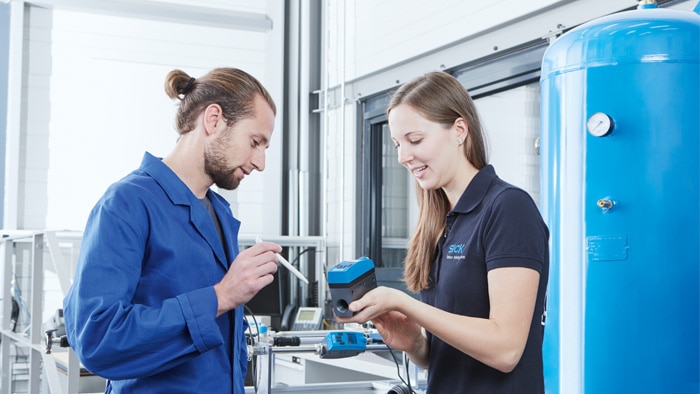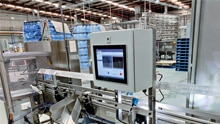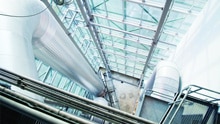Another reason for companies to address this issue is ISO 50001: Energy management systems – Requirements with guidance for use. This standard not only helps set up such management systems, but is also the basis for its certification. In turn, this is a prerequisite in Germany for the partial exemption of energy-intensive companies from the EEG surcharge and for the exemption of production companies from electricity and energy tax. It also helps companies obtain subsidies for investment in software and hardware for measurement and control technology as well as sensor technology, among other things, which are implemented due to the establishment or application of an energy or environmental management system.
Diverse interest groups for compressed air monitoring
A wide range of business sectors have an interest in monitoring energy and compressed air. Production engineers, for example, want to compare the compressed air consumption of components and different types of systems. The parties responsible for production are interested in preventing machine failures and downtime with dynamic leak tests during operation as well as in how high possible compressed air consumption is outside production periods. For example, they want to identify peak loads in order to be able to adjust the compressor control. A clear dashboard that they can use to see all flow sensors and their status is also of great value to them.
Maintenance managers are concerned with identifying the main consumers of compressed air, receiving notifications early on when certain limit values are exceeded, finding possible leaks quickly and, of course, planning timely maintenance work on the energy supply. The interests of energy and environmental officers are already clear from their job titles, from monitoring right up to certification of the company in accordance with ISO 50001. Cost calculators and controllers want to have a cost overview of systems, processes, and products that is as detailed as possible so as to be able to calculate manufacturing costs more accurately and stay competitive. And owners, managing directors or Executive Board members naturally always want to be informed about possible potential for savings.


